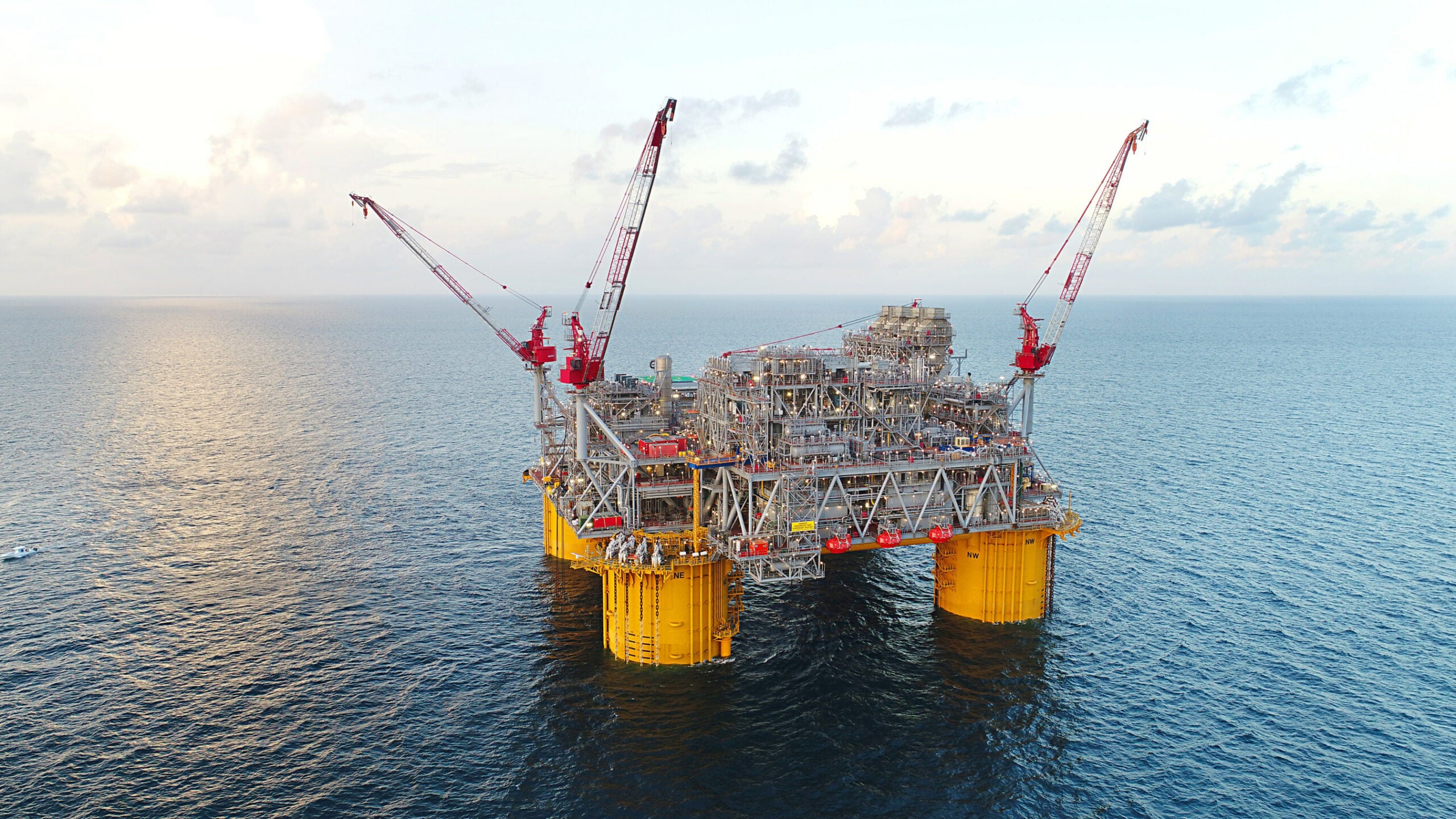
Shell Offshore, a subsidiary of British oil and gas company Shell, has commenced production at Rydberg, a subsea tie-back to the Appomattox production hub in the Gulf of Mexico.
Rydberg is a conventional oil development located in ultra-deepwater in the US, with the Final investment decision (FID) approved in 2022.
The project is located within Mississippi Canyon in the Norphlet Corridor of the US Gulf of Mexico, around 75m (120km) off the coast of Louisiana, in a water depth of about 7,450ft.
The project is producing an estimated 16,000 barrels of oil equivalent per day (boe/d) at peak.
Rydberg is located in the leases that are operated by Shell, which owns an 80% working interest in the leases while CNOOC has a working interest of 20%.
Rydberg will be developed as a subsea tieback to the Shell-operated Appomattox project, with two production wells with a single insulated 12-mile (19km) flowline with a dynamic umbilical.
Shell deep water executive vice president Rich Howe said: “Rydberg will further boost production in the Norphlet Corridor at Appomattox, which is consistently one of our highest-producing assets.
“As we meet the energy demands of today and the future, we will continue to mature the best opportunities for growth in the Gulf of Mexico.”
Shell was the first operator to bring an asset online in the Norphlet Corridor with Appomattox development, which lies in Mississippi Canyon block 392 and straddles Blocks 391 and 348.
Appomattox project is jointly owned by Shell with 79%, which is also the operator and CNOOC Petroleum Offshore USA, a wholly owned subsidiary of CNOOC with 21%.
Rydberg’s current recoverable resource volumes are estimated at 38 million boe.
The project’s resource volume estimate is currently classified as 2P, under the Society of Petroleum Engineers` Resource Classification System.
Also, the estimated peak production and current estimated recoverable resources presented above are 100% total gross figures.
Shell claims that its production in the US Gulf of Mexico has the lowest GHG intensity in the world, compared to other IOGP oil and gas-producing members.






